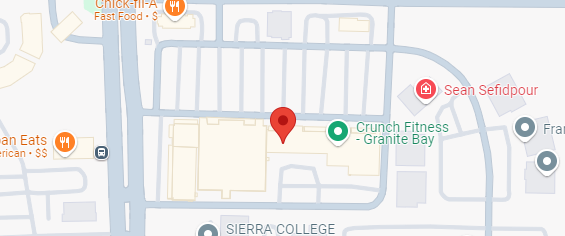 Abstinence and Recovery Monitoring provides :
Abstinence and Recovery Monitoring provides :
- Increased abstinence success rates
- Reliable documentation/accountability
- Clarification of objectives/Treatment plan adjustments
- The other parent is taken out of the "monitoring role"
- Cost savings by keeping cases out of Court
- Targeted random testing which actually decreases testing costs
- Help attorneys negotiate agreements that are treatment and recovery sensitive
Discussion
The gold standard for abstinence and recovery monitoring is the American Medical Association's diversion program. Diversion studies show high recovery rates compared to low recovery rates in the general population (which is under 50%). One study followed 5,000 pilots in a diversion program. Long-term recovery rates were 90%.In another study, 904 physicians were followed. In this study, 155 failed their initial treatment (19.3%) and after treatment the remaining who participated in diversion had an 80.5% abstinence rate.
Family law cases that benefit from abstinence and recovery monitoring are cases that include high conflict, multiple treatment/relapse episodes, dual diagnosis, vulnerable children, high levels of denial and adversarial co-parent relationship.
As a substance abuse evaluator, I have found that many family law, high risk substance related cases, continue in conflict for years, in and out of Court, unless there is accountability and appropriate case management. I cannot emphasize enough the value of abstinence and recovery monitoring in these types of cases.
For example, I recently monitored four complex substance related cases. I found that out of the four cases, three of them would have failed at establishing a strong footing in sobriety if it had not been for the accountability provided by monitoring. In one of the cases, intervention, as the monitor, redirected the course of a relapse, resulting in full recovery participation, increased parenting time and the establishment of amicable co-parenting.
PROTOCAL
All cases that are monitored need to start with an agreed upon abstinence and recovery plan. A professional most qualified to design a specific recovery plan is someone with expertise and experience in substance abuse disorders.
The professional monitor serves as a case manager, sharing all information, via a written report, to the Court, Court representatives, and the other party. The professional monitor does not monitor child custody and visitation.
- Meet face-to-face with the subject at least once a month.
- Verify compliance using collateral information (including information from the other party).
- Recommend changes/adjustments to the treatment and recovery plan as needed.
- Facilitate communication between treatment providers.
- Supervise random alcohol and drug testing.
- Provide progress reports to the Court.
Monitoring duration typically includes 6-12 months, depending on the severity of the addiction, agreements between the parties and the rate of the subject's abstinence and recovery progress.








